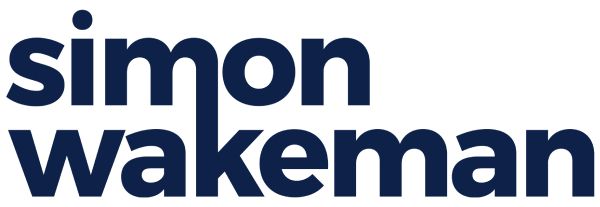"What's the right structure for my leadership team?"
This is one of the most common question I come across in conversations with founders who are scaling their businesses.
It's hard to understand what leadership roles are right for the business now but also to make sure they're right as the company grows too.
Sometimes founders create job with titles that store up problems for the future. Does your 20 person tech product business really need six job titles starting with Chief?
To get leadership team design right start from the basics.
What leadership does your business need to be able to be grow now?
And what's your best bet about what leadership it will need to be effective in 12 to 18 months time?
A common mis-step I see is to design a leadership team with roles as the starting point. Roles should be the output of the design process, not the input.
Stage 1: Start with accountabilities
In most organisational structures, accountabilities are nested.
That means the highest level of accountabilities are all held by a member of the leadership team.
So start designing that team by getting clear on what those accountabilities are.
Jump into Miro or grab the post-it notes and start listing them out. Don't worry about how they fit with roles or who does them now.
Be as granular as you need to be so that you can capture everything that someone needs to own among that senior team.
If in doubt, capture it. The game here is to think about the breadth of the business and make sure you've got everything covered.
(hint: the B3 framework® can be a useful starting point to get the ideas flowing. You should end up with multiple accountabilities identified for each section of the framework. The PROCESSES box is where you'll end up with most, as this is where the day-to-day work of most businesses happens)
Try to define the accountabilities in terms of the outcomes you'd like to be true:
- "ARR of at least £2m" rather than "Revenue"
- "Successful hiring and onboarding of 20 people per month" rather than "Recruitment"
Most scale-up businesses end up with between 70 and 100 accountabilities mapped out at this stage.
Stage 2: Refining accountabilities
Now it's time to do a first pass looking for themes in the accountabilities.
Where possible bring individual accountabilities together into themes. Give each theme a clear name.
The themes should feel coherent and represent the areas that are important to the success of your business.
For example you might have many accountabilities that span recruitment, selection and onboarding. These could form a logical theme together that you might call "Growing the team".
Once you've trawled through all the accountabilities and grouped them together into themes, it's time to move on.
Stage 3: Creating roles
A leadership role in a scaling business is a set of accountability themes held by an individual.
So now it's time to group the themes into roles that are coherent, logical and manageable for one person.
There's a choice of approach for how to do this.
Start-ups with an existing leadership team might start by bringing the themes together to represent the existing roles. This usually then shows:
- that some themes aren't held by any roles now and so need adding to an existing or new leadership role
- that some roles are too large as they hold too many themes. You need to decide how to break up that role into two or more new roles. This is common as business scales and roles become deeper and more specialised.
For start-ups without a leadership team, bring the themes together to represent new leadership roles.
These need to make sense for your business but also be similar enough to roles in the wider world. For example if you create a Marketing, Technology and Legal Director role you might not easily find someone capable of doing the job (unless you already have that person).
A repeat warning - be careful on job titles. Handing out big job titles that don't really match the level of accountabilities held by a role is just storing up pain for later in the growth journey. If you call a marketing manager a CMO, it's a lot trickier to bring in a CMO role in future when you really need one.
Now you have roles clearly defined that cover all the accountabilities needed to lead the growing business. You can then use these role definitions for recruitment, onboarding and ongoing performance conversations.
I've used this approach multiple times and it works well for leadership teams at most levels in a business. It typically takes between two hours and a day, depending on the size/complexity of the business and the people involved.










